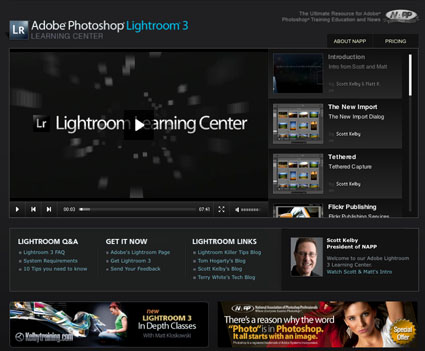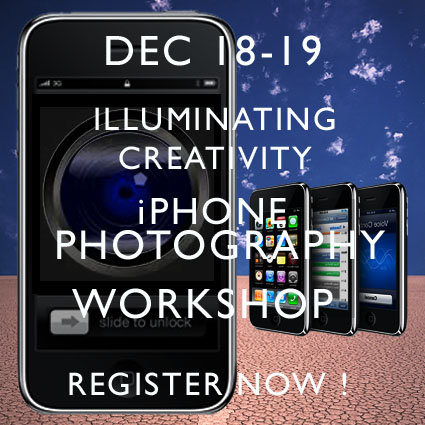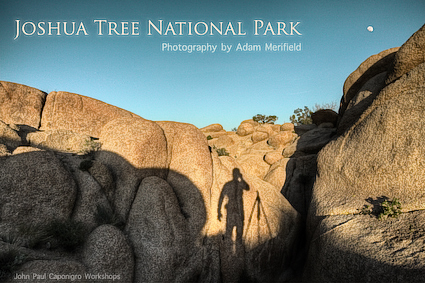Julianne Kost – 10 Videos On Lightroom 3
Julieanne Kost provides 10 in-depth tutorials on Lightroom 3.
What’s New In Lightroom 3
Be Organized
Select, Rate, and Prioritize Your Images
Lens Correction & Perspective Correction
Create Stunning Images
Converting Images to Black and White
Moving Between Lightroom and Photoshop
Publish A Slideshow
Print the Perfect Image
Share Images on the Web
View them on Adobe TV.





